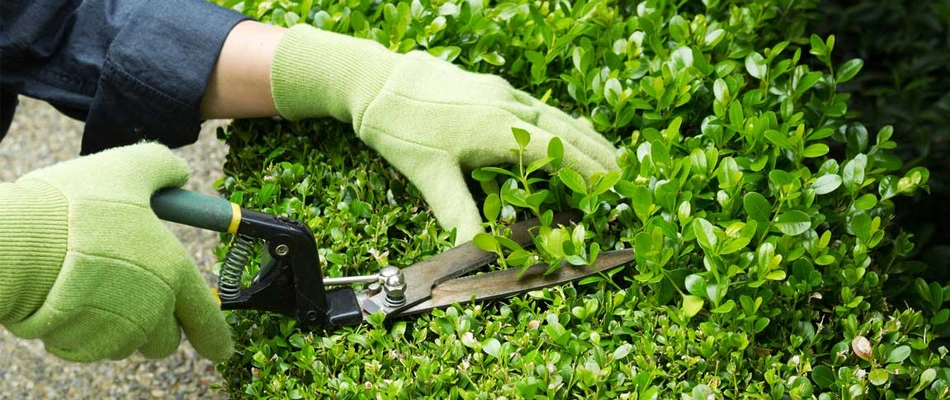With spring popping its head up around the corner, many people are beginning to think of fresh-cut, green lawns, fresh-squeezed lemonades, summer vacations at the beach, and late-night memories in the backyard with the kids. Before of all of the memory-making begins, there is a lot of work to be accomplished to recover your landscape from any winter damage and prepare it for a healthy, vibrant year ahead. Our team of professionals have put together an inclusive list of spring tasks to help you get your green on this spring!
Spring Cleaning Checklist
- Debris removal- collect and remove all weeds, leaves and any remaining debris that has overtaken your landscape beds and hard surfaces
- Cut back perennials and ornamental grasses, prune roses in early spring
- Cut back shrubs on an as-needed basis
- Removal of dead, damaged, or diseased branches from shrubs and trees to make room for new growth
- Tidy rock beds
- Remove staking from recently installed trees
- It’s all about the soil! Put down a slow-release, pre-emergent fertilizer in landscape beds for plantings to be successful! (We recommend completing this task before mid-to-late April, or before the Forsythia blooming cycle) Bed pre-emergent will work as a barrier and protect your beds by preventing weed germination.
- Redefine the edging around your landscape beds to ensure your mulch does not stray from the pile and turf does not grow into your beds
- Refresh your mulch- it’s important to top-dress your mulch beds annually with a 2”-3” depth to create consistency throughout your landscape (Note: there is such thing as too much mulch! Be sure excessive mulch does not build up to create a mulch “volcano” around trees and shrubs!)
- Watering- many people forget that new plants and trees still require water, even during the winter months if there is a lack of ground cover or “precipitation.” It’s important to begin watering your plants and trees now to ensure the root system receives adequate moisture!
- As your turf begins to awaken from dormancy, you can begin mowing as the roots begin to grow with warmer temperatures, however it’s important you remember to follow the industry recommendation of removing no more than 1/3 of the leaf tissue during a mowing session, or cut your grass at the upper settings of your mower deck!
- During the spring months, it’s also recommended to apply a pre-emergent fertilizer to your turf as temperatures reach 55F (Note: This is when crab grass and other weeds begin to germinate!)
- Overseeding your turf in the spring is not recommended, unless there are frequent bare spots, damage or new construction
- Spring is not a recommended season to seed your lawn due to the inconsistent temperatures Nebraska experiences in the spring time, therefore moisture and weed competition is at its highest and applying a pre-emergent will prevent your seeds from growing. We recommend applying a fertilizer in the spring and overseeding your turf during the fall time when your lawn will experience more consistent temperatures adequate for seed germination.
If spring cleaning overwhelms you, our team of professionals is here to help you settle into the new season! Many people often forget how busy landscapers become in the spring and early summer months, and calling 2-4 weeks prior does not guarantee your project will be installed on deadline. By setting a date for your landscape project early this year, you can skip the wait line to meet with our maintenance or landscape designers! Call us for your spring cleanups, plantings, summer annuals or new spring renovations now to have them installed by mid-May, just in time for graduations or any spring-coming events!







Comments (0)
Thanks for your comment!
Thanks for your feedback! Your comments have been successfully submitted! Please note, all comments require admin approval prior to display.
Error submitting comment!
There is a problem with your comment, please see below and try again.